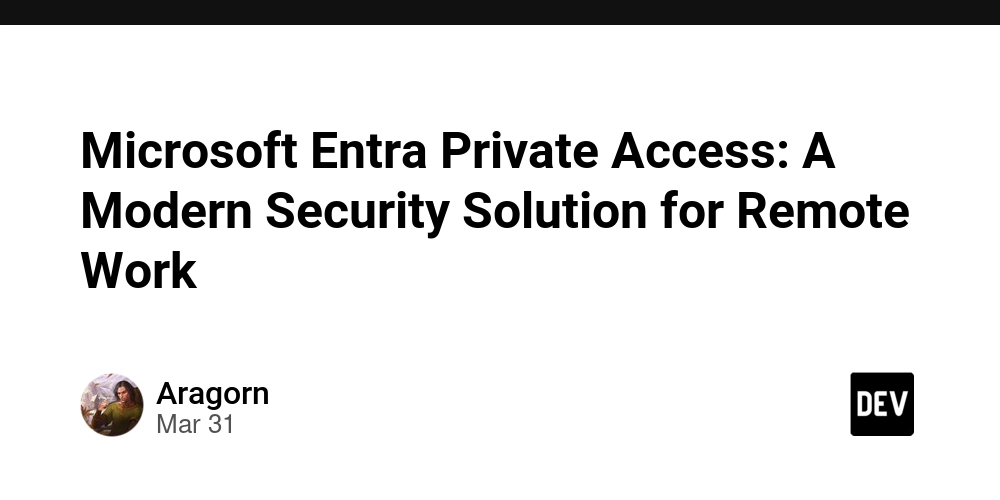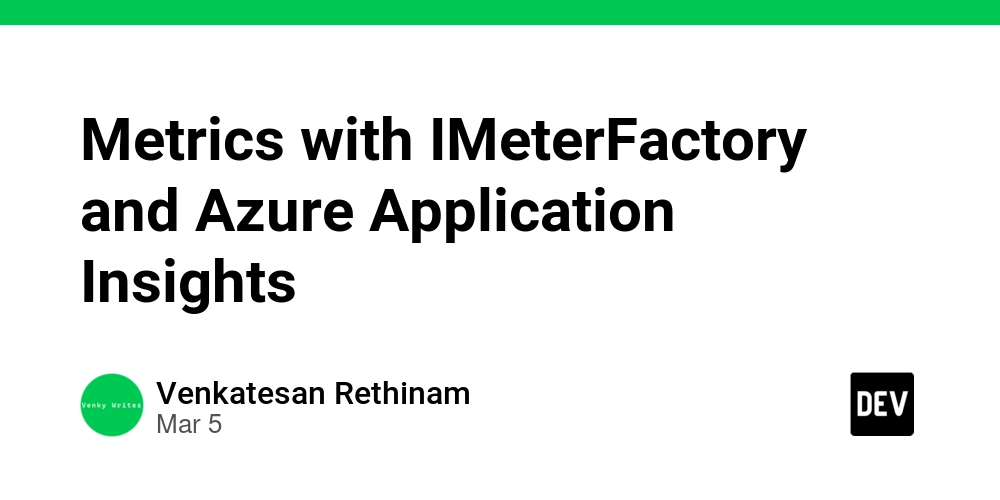Microsoft Entra Private Access: A Modern Security Solution for Remote Work
In today's rapidly evolving digital landscape, organizations face a critical challenge: maintaining robust security while providing easy access to resources. Microsoft Entra Private Access represents a modern solution to this dilemma, offering a zero-trust approach that replaces traditional VPN systems. This cloud-based security platform enables organizations to protect their sensitive data while allowing users to access private resources from any location. Unlike conventional VPNs, which often create bottlenecks and security vulnerabilities, this solution verifies every access request individually, regardless of the user's location or network status. By implementing continuous authentication and strict access controls, Microsoft Entra Private Access helps organizations adapt to the demands of remote work while maintaining stringent security standards. Understanding Zero Trust Network Access (ZTNA) Core Principles Zero Trust Network Access represents a fundamental shift in security architecture, operating on the principle that no user or device should be automatically trusted. This approach abandons the traditional security model where internal networks were considered inherently safe. Instead, ZTNA implements continuous verification for every access attempt, treating each request with equal scrutiny regardless of its origin. Security Implementation The framework operates through constant authentication and authorization checks. Each time a user attempts to access a resource, the system evaluates multiple factors including user identity, device health, access location, and request context. This multi-layered verification process creates a more robust security environment compared to traditional perimeter-based security models. Benefits for Modern Organizations Organizations implementing ZTNA gain several advantages in today's distributed work environment. The system dramatically reduces the risk of security breaches by eliminating implicit trust. It enables granular access control, allowing organizations to limit resource access based on specific needs rather than granting broad network access. This precise control helps prevent lateral movement within networks, a common tactic used in cyber attacks. Practical Applications ZTNA proves particularly valuable in scenarios where organizations need to: Manage remote workforce access to corporate resources Protect sensitive data across multiple cloud environments Control third-party vendor access to specific systems Implement compliance requirements for data access Integration with Existing Systems Modern ZTNA solutions integrate seamlessly with existing identity management systems, cloud services, and security tools. This integration capability allows organizations to maintain their current workflows while enhancing security measures. The framework can be implemented gradually, allowing for a measured transition from legacy systems without disrupting business operations. Microsoft's Security Service Edge and Global Secure Access Evolution of Cloud Security Microsoft's Security Service Edge (SSE) represents a revolutionary approach to network security, specifically designed for cloud-first environments. This framework moves beyond traditional perimeter security, creating a comprehensive cloud-based security solution that focuses on identity-aware protection. The system adapts to modern workforce requirements, where employees access resources from various locations and devices. Global Secure Access Overview At the heart of Microsoft's SSE lies Global Secure Access, a unified security platform that combines three essential components: identity management, network security, and endpoint protection. This integration creates a seamless security experience that protects organizational resources regardless of their location or hosting environment. The platform enforces consistent security policies across all access points, ensuring comprehensive protection without compromising user experience. Key Components Microsoft Entra Internet Access: Manages secure internet connectivity Microsoft Entra Private Access: Controls secure access to private resources Microsoft Defender for Cloud Apps: Provides cloud application security Security Architecture The architecture implements a cloud-native approach where security policies and controls are managed centrally but enforced locally. This design enables organizations to maintain consistent security standards across their entire digital infrastructure while providing the flexibility to adapt to changing business needs. The system continuously monitors access patterns and automatically adjusts security measures based on risk assessments. Business Impact Organizations implementing this security framework experience several benefits: Reduced complexity in security management Enhanced v

In today's rapidly evolving digital landscape, organizations face a critical challenge: maintaining robust security while providing easy access to resources. Microsoft Entra Private Access represents a modern solution to this dilemma, offering a zero-trust approach that replaces traditional VPN systems. This cloud-based security platform enables organizations to protect their sensitive data while allowing users to access private resources from any location. Unlike conventional VPNs, which often create bottlenecks and security vulnerabilities, this solution verifies every access request individually, regardless of the user's location or network status. By implementing continuous authentication and strict access controls, Microsoft Entra Private Access helps organizations adapt to the demands of remote work while maintaining stringent security standards.
Understanding Zero Trust Network Access (ZTNA)
Core Principles
Zero Trust Network Access represents a fundamental shift in security architecture, operating on the principle that no user or device should be automatically trusted. This approach abandons the traditional security model where internal networks were considered inherently safe. Instead, ZTNA implements continuous verification for every access attempt, treating each request with equal scrutiny regardless of its origin.
Security Implementation
The framework operates through constant authentication and authorization checks. Each time a user attempts to access a resource, the system evaluates multiple factors including user identity, device health, access location, and request context. This multi-layered verification process creates a more robust security environment compared to traditional perimeter-based security models.
Benefits for Modern Organizations
Organizations implementing ZTNA gain several advantages in today's distributed work environment. The system dramatically reduces the risk of security breaches by eliminating implicit trust. It enables granular access control, allowing organizations to limit resource access based on specific needs rather than granting broad network access. This precise control helps prevent lateral movement within networks, a common tactic used in cyber attacks.
Practical Applications
ZTNA proves particularly valuable in scenarios where organizations need to:
- Manage remote workforce access to corporate resources
- Protect sensitive data across multiple cloud environments
- Control third-party vendor access to specific systems
- Implement compliance requirements for data access
Integration with Existing Systems
Modern ZTNA solutions integrate seamlessly with existing identity management systems, cloud services, and security tools. This integration capability allows organizations to maintain their current workflows while enhancing security measures. The framework can be implemented gradually, allowing for a measured transition from legacy systems without disrupting business operations.
Microsoft's Security Service Edge and Global Secure Access
Evolution of Cloud Security
Microsoft's Security Service Edge (SSE) represents a revolutionary approach to network security, specifically designed for cloud-first environments. This framework moves beyond traditional perimeter security, creating a comprehensive cloud-based security solution that focuses on identity-aware protection. The system adapts to modern workforce requirements, where employees access resources from various locations and devices.
Global Secure Access Overview
At the heart of Microsoft's SSE lies Global Secure Access, a unified security platform that combines three essential components: identity management, network security, and endpoint protection. This integration creates a seamless security experience that protects organizational resources regardless of their location or hosting environment. The platform enforces consistent security policies across all access points, ensuring comprehensive protection without compromising user experience.
Key Components
- Microsoft Entra Internet Access: Manages secure internet connectivity
- Microsoft Entra Private Access: Controls secure access to private resources
- Microsoft Defender for Cloud Apps: Provides cloud application security
Security Architecture
The architecture implements a cloud-native approach where security policies and controls are managed centrally but enforced locally. This design enables organizations to maintain consistent security standards across their entire digital infrastructure while providing the flexibility to adapt to changing business needs. The system continuously monitors access patterns and automatically adjusts security measures based on risk assessments.
Business Impact
Organizations implementing this security framework experience several benefits:
- Reduced complexity in security management
- Enhanced visibility across all access points
- Improved compliance with regulatory requirements
- Faster response to security threats
- Better user experience through seamless access controls
Future-Ready Design
The platform's modular design allows for continuous evolution as security threats and business needs change. Organizations can easily add new security capabilities or adjust existing ones without major infrastructure changes, ensuring long-term value and protection against emerging threats.
Microsoft Entra Private Access Features and Implementation
Core Capabilities
Microsoft Entra Private Access delivers a modern alternative to traditional VPNs, offering cloud-based security that aligns with zero-trust principles. The platform enables secure resource access without the complexity and limitations of conventional VPN solutions. Users can safely connect to private applications and data regardless of their location or the resource's hosting environment.
Essential Features
- Quick Access Configuration: Streamlined setup process for securing specific IP addresses and domain names without VPN requirements
- Advanced Access Controls: Application-specific permissions that enable precise control over resource access
- Identity Integration: Built-in support for conditional access policies and single sign-on capabilities
- Resource Segmentation: Ability to create distinct access boundaries for different applications and user groups
- Usage Analytics: Preview feature that provides insights into private application access patterns
Implementation Scenarios
Organizations can deploy Microsoft Entra Private Access in various scenarios:
- Supporting distributed workforce access to internal resources
- Enabling secure partner and contractor resource access
- Implementing unified authentication across multiple applications
- Modernizing security for legacy systems
Licensing Structure
Access to the platform requires a foundation of Microsoft Entra ID P1 or P2 licensing. Organizations can then choose between standalone Private Access licensing or the comprehensive Microsoft Entra Suite, which includes additional identity and security tools. This flexible licensing model allows organizations to scale their implementation based on specific needs and budget constraints.
Deployment Options
Two primary deployment methods exist for implementing Private Access:
- Quick Access Deployment: Rapid implementation focusing on specific endpoints and basic security needs
- Per-app Access Setup: Detailed configuration allowing for customized security policies and access controls per application
Integration Capabilities
The platform seamlessly integrates with existing Microsoft security tools and third-party solutions, creating a comprehensive security ecosystem. This integration capability ensures organizations can maintain their current security investments while enhancing their overall security posture.
Conclusion
Microsoft Entra Private Access represents a significant advancement in network security architecture, addressing the evolving needs of modern organizations. By replacing traditional VPN systems with a zero-trust framework, organizations can achieve both enhanced security and improved user experience. The platform's flexible deployment options, comprehensive feature set, and seamless integration capabilities make it a powerful solution for organizations transitioning to cloud-based security models.
The platform's strength lies in its ability to adapt to various organizational needs while maintaining strict security standards. Whether implementing quick access for specific resources or deploying detailed per-app security policies, organizations can tailor the solution to their specific requirements. The integration with existing Microsoft security tools and support for third-party solutions ensures a smooth transition from legacy systems.
As organizations continue to navigate the challenges of secure remote access and distributed workforce management, Microsoft Entra Private Access provides a scalable, efficient solution. Its foundation in zero-trust principles, combined with modern cloud-based architecture, positions it as a future-ready platform capable of evolving alongside emerging security threats and changing business needs. Organizations implementing this solution can confidently move forward with their digital transformation initiatives while maintaining robust security controls and compliance standards.




















































%20Abstract%20Background%20112024%20SOURCE%20Amazon.jpg)






















































































































![[The AI Show Episode 142]: ChatGPT’s New Image Generator, Studio Ghibli Craze and Backlash, Gemini 2.5, OpenAI Academy, 4o Updates, Vibe Marketing & xAI Acquires X](https://www.marketingaiinstitute.com/hubfs/ep%20142%20cover.png)
























































































































































































































































-Nintendo-Switch-2-–-Overview-trailer-00-00-10.png?width=1920&height=1920&fit=bounds&quality=80&format=jpg&auto=webp#)





















_Anna_Berkut_Alamy.jpg?#)













































































































![YouTube Announces New Creation Tools for Shorts [Video]](https://www.iclarified.com/images/news/96923/96923/96923-640.jpg)





































































![[Weekly funding roundup March 29-April 4] Steady-state VC inflow pre-empts Trump tariff impact](https://images.yourstory.com/cs/2/220356402d6d11e9aa979329348d4c3e/WeeklyFundingRoundupNewLogo1-1739546168054.jpg)





























































